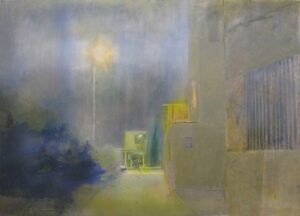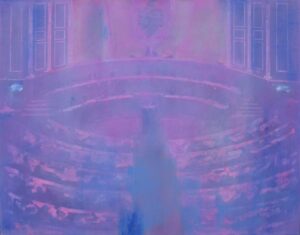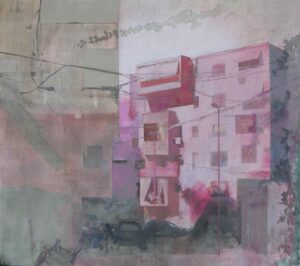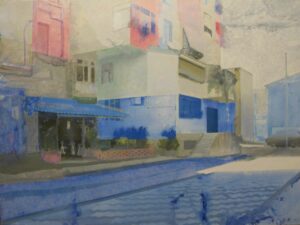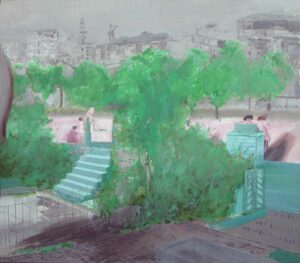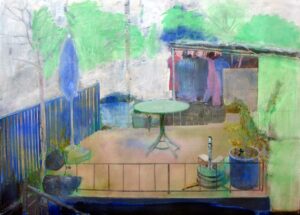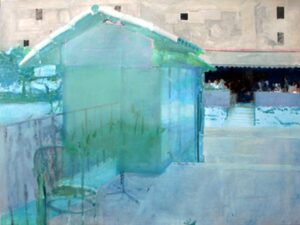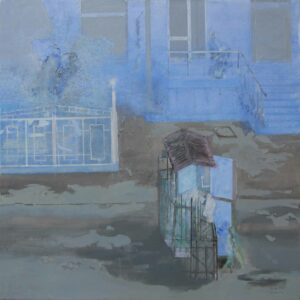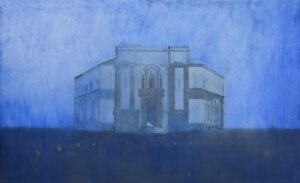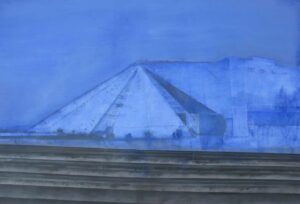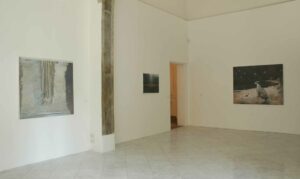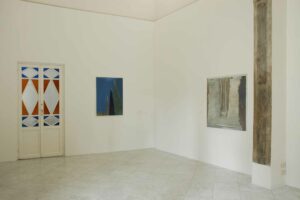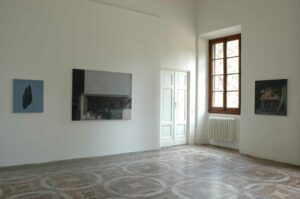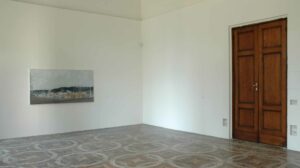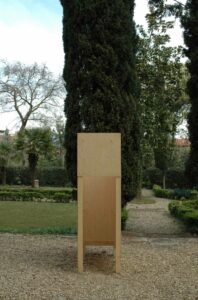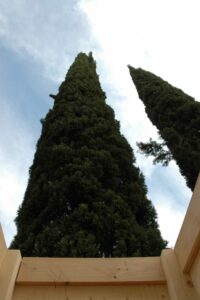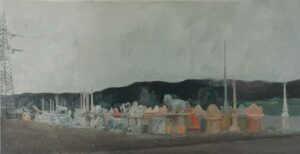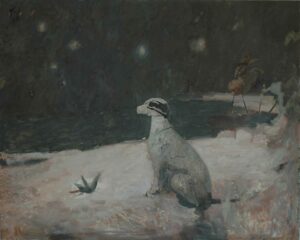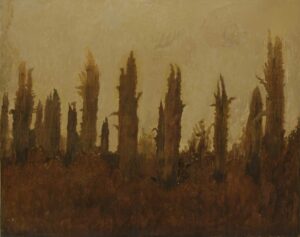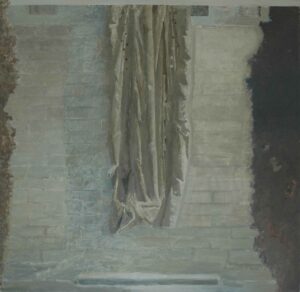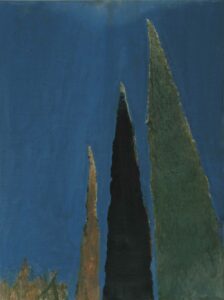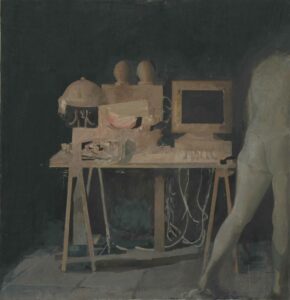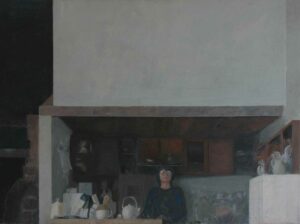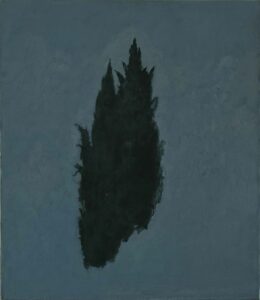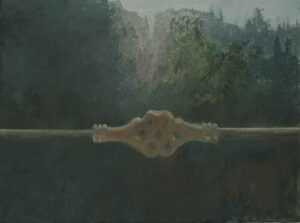Edi Hila, born in Shkoder in 1944 is a painter and lives in Tirana. Since 1991 he has been a professor in the Department of Visual Arts at Tirana Arts Academy (AFA). Hila has developed a painterly practice which reflects the urban and human transitions in recent history. He participated at Venice Biennal (1999), After the Wall Moderna Museet in Stockholm and Hamburger Bahnhof – Museum für Gegenwart in Berlin (1999), and documenta 14 in Kassel. In 2019 the Museum of Modern Art in Warsaw presented his first extensive retrospective, in 2020/2021 the Sezession in Vienna dedicated a solo show to his paintings.
We're Losing Time, A Lot of Time
Interview
First published in: On One Side of the Same Water. Artistic Practices between Tirana and Tangier, Hatje Cantz, Ostfildern, 2012
We're Losing Time, A Lot of Time
Edi Hila in conversation with Angelika Stepken
Senza Angeli
Exhibition
2008
In 2007, Edi Hila spent two months as a guest artist at Villa Romana. He subsequently produced paintings that were influenced by his experiences in Florence and by his memories.
In 1974, Edi Hila travelled to Florence for the first time to work as a trainee at the RAI (Italian national television network), by order of the Albanian state television network which was to be newly established. After his return home, he was sentenced to an indefinite period of forced labour because of a disgraced commissioned work and was not allowed to exhibit his works for the rest of the Hoxha regime.
His painting developed in private for more than two decades. During this time of inner exile, Hila nourished himself on the memories of his once humanist native city Shkoder in northern Albania. Following the collapse of the Hoxha dictatorship, Edi Hila accepted a professorship at the Akademia e Arteve, the state art academy in Tirana where he had previously studied in the 1960s. He became an encouraging and open-minded teacher for the younger generations of Albanian artists. In the early nineteen-nineties his painting motifs began to include the transformative processes underway in Albania, some of which were extreme. Yet his paintings have remained immersed in the eerie quietude of their realistic motifs, as though covered with an unreal or fictitious veil.
“My life after 1974, after the Florence trip, was determined by problems regarding the meaning of life in relation to the boundaries and possibilities of artistic freedom. For me, Florence was my first contact with real art; it was a great joy to see close-up the values of the original works. Afterwards, everything operated once again from a distance, like a memory, a point of reference, an indispensable experience and the remains of a reality that I would never again be able to experience. It was under these conditions that I had to survive, to exist. So when I – after so many years – worked on the Florence project, many emotions from the past rose up again. That was no coincidence. Of everything that I experienced during my residence in this beautiful city several months ago, the model I chose to paint was a dog made of broken terracotta, which stood in the garden of Villa Romana. (Perhaps it was the Cerberus, half dog, half dragon – as described in the 6th canto of Dante’s Inferno – ‘that yelling bays’). Also the triptych, which is not directly linked to the Florence project, is part of these emotions; it incorporates much of this classical style and the weight of the problems, which were lived in those times.” E.H.
